Photos of ancient landmarks and World Heritage sites destroyed by terrorist groups
From mausoleums in Timbuktu to ancient monuments in Palmyra and the Bamiyan Buddha statues in Afghanistan.
An Islamic extremist pleaded guilty to orchestrating the destruction of historic mausoleums in the Malian city of Timbuktu. Ahmad Al-Faqi Al-Mahdi led a group of radicals that destroyed 14 of Timbuktu's 16 mausoleums in 2012 because they considered them totems of idolatry. He asked for forgiveness at the International Criminal Court in the Hague and said he had been swept up in an "evil wave" by al-Qaeda and the Ansar Dine Islamist groups which briefly seized control of the desert city.
Prosecutor Fatima Bensouda compared the attacks to Islamic State's smashing of monuments in the Syrian city of Palmyra and the Taliban's 2001 destruction of the Bamiyan Buddha statues in Afghanistan.

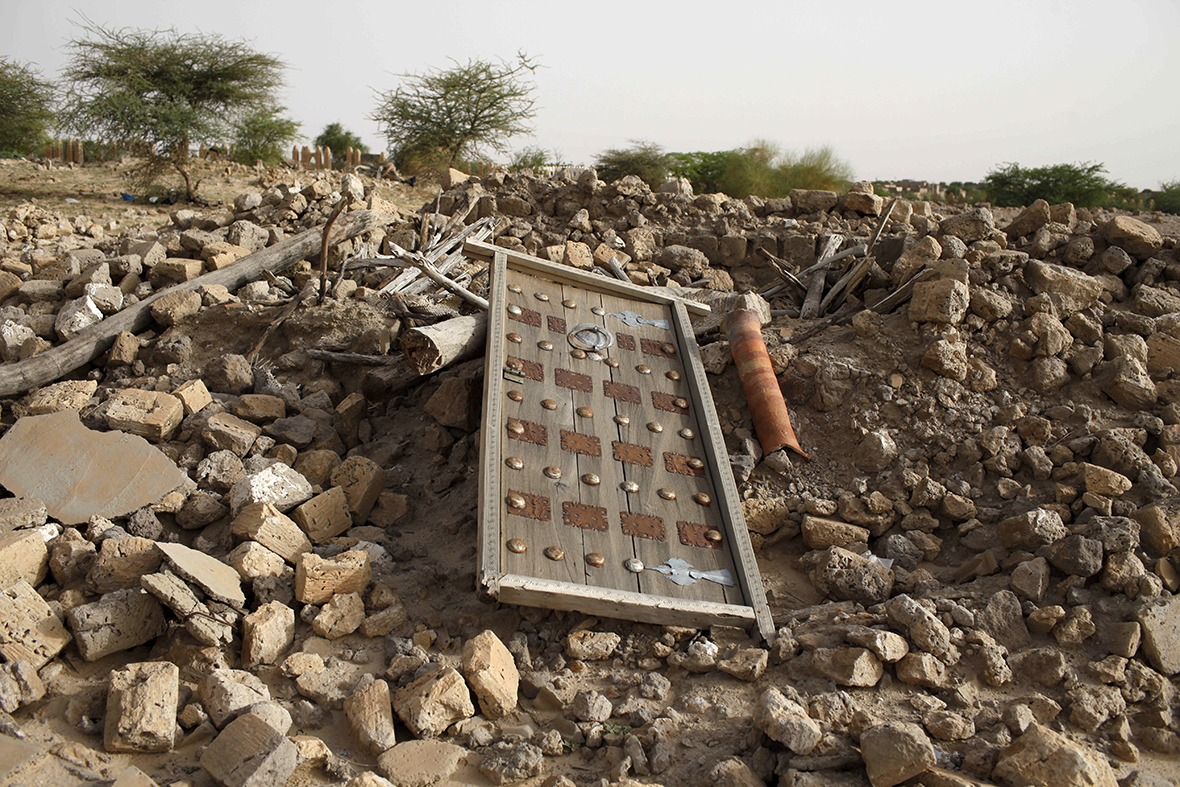
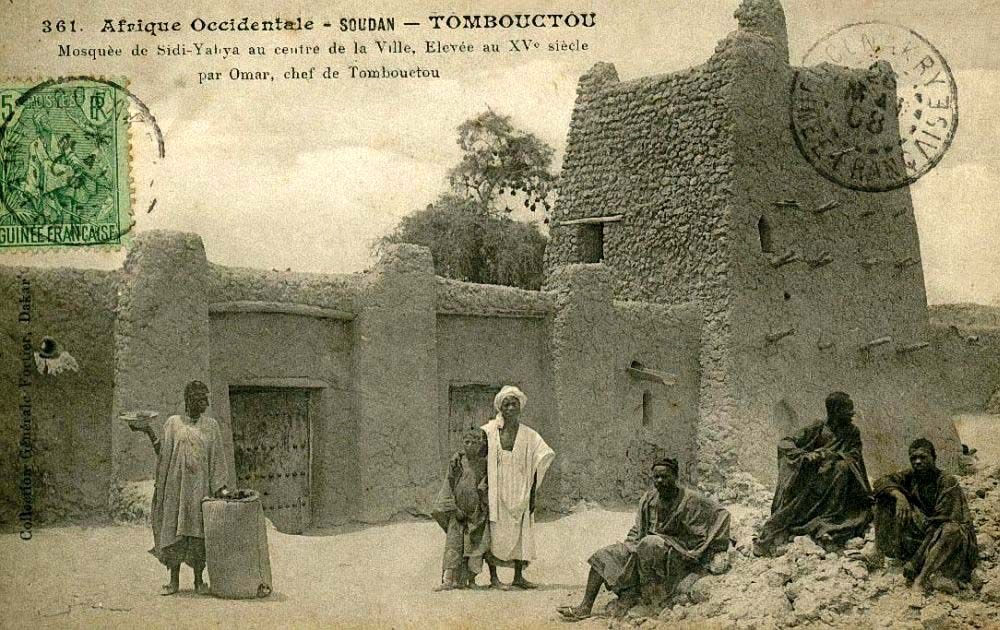
IBTimesUK takes a look at some Unesco's World Heritage Sites, along with ancient landmarks, which have been damaged due to terrorism and war:
Umayyad mosque of Aleppo, Syria:
A Unesco World Heritage site, the Umayyad Mosque is one of the oldest and largest mosques in Aleppo and was built at beginning of the 8th century, although the current building dates from the11th through 14th centuries. The mosque was damaged during clashes between Syrian Army and Free Syrian Army during the Syrian Civil War in April 2013.
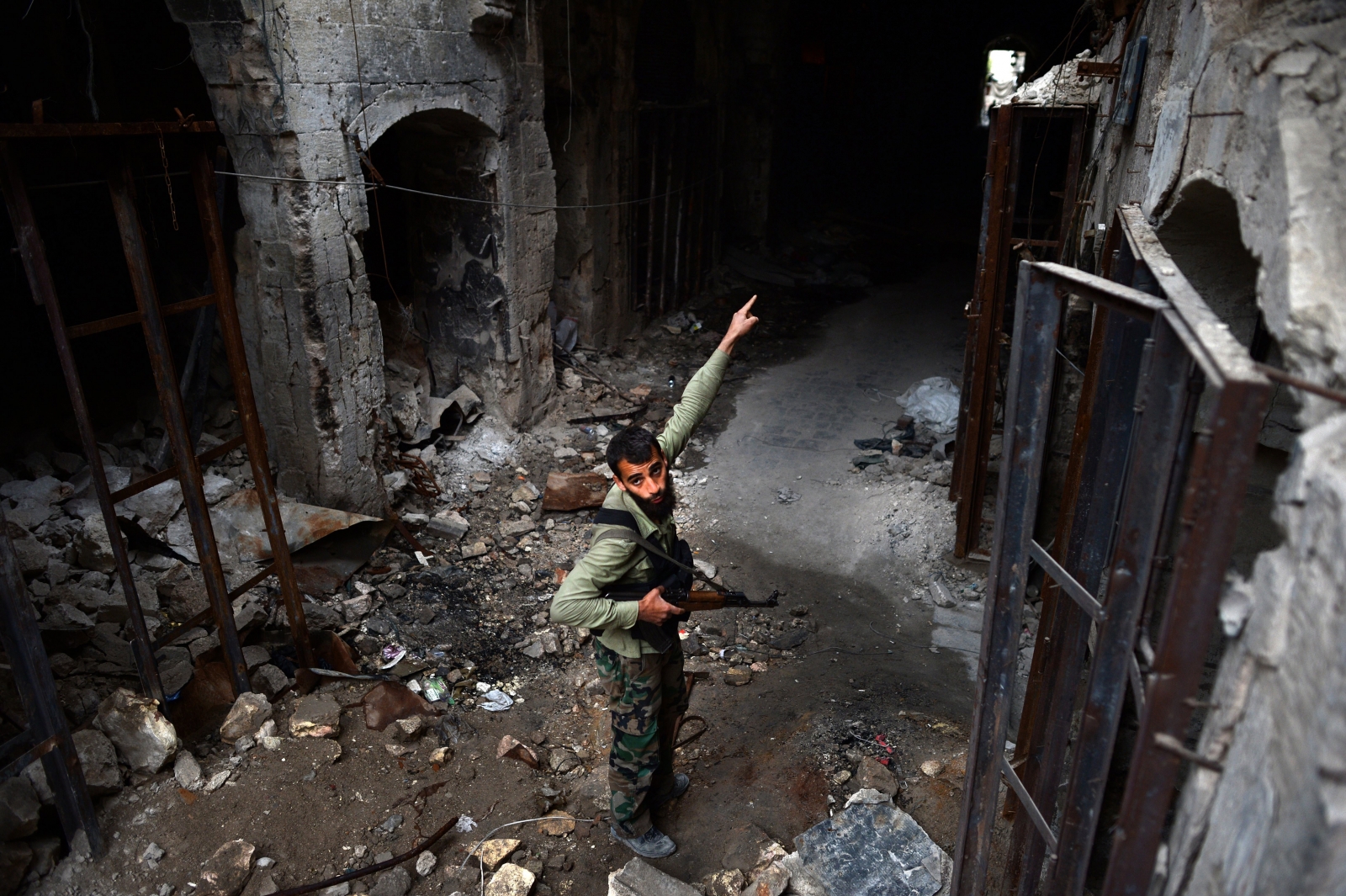



The Mosque of the Prophet Yunus, Nineveh, Iraq:
Located close to the built-up walls of Nineveh the Mosque of the Prophet Yunus was one of the most important mosques in Mosul. It was blown up by Islamic State in July 2014.
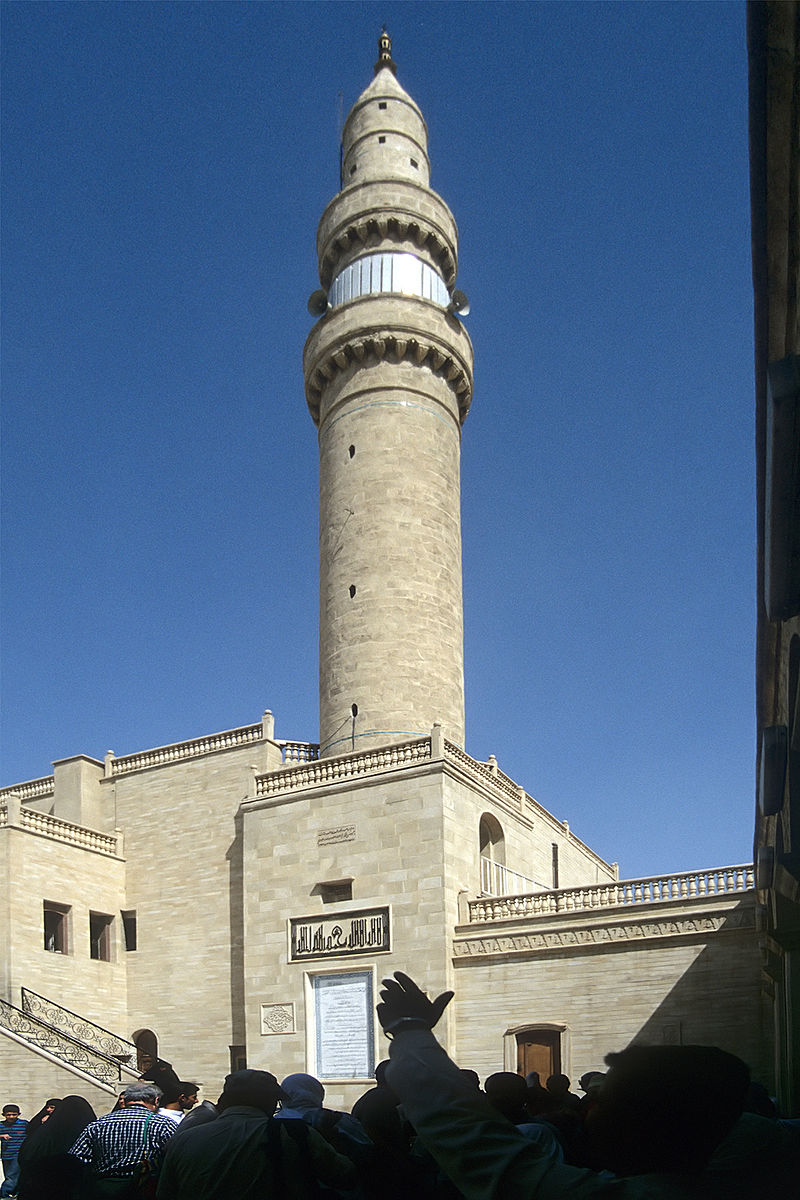


Adad and Mashqi Gates, Nineveh, Iraq:
Located near the Iraqi city of Mosul, Nineveh was an ancient Assyrian city on the eastern bank of the Tigris River and was guarded by the Adad and Mashqi Gates, both of which were destroyed by Islamic State in early 2015. In February, they went on to the Mosul museum and vandalised ancient artefacts and statues.




Palmyra, Syria:
Described by Unesco as "one of the most important cultural centres of the ancient world" parts of the ancient city of Palmyra were gradually destroyed by the Islamic State, despite reports suggesting that they had no intention of demolishing the World Heritage Site. In June 2015, the Lion of Al-Lāt statue was knocked down, along with several others. What followed was more destruction, including The Temple of Bel and the Temple of Baalshamin, which dated back to the first century.

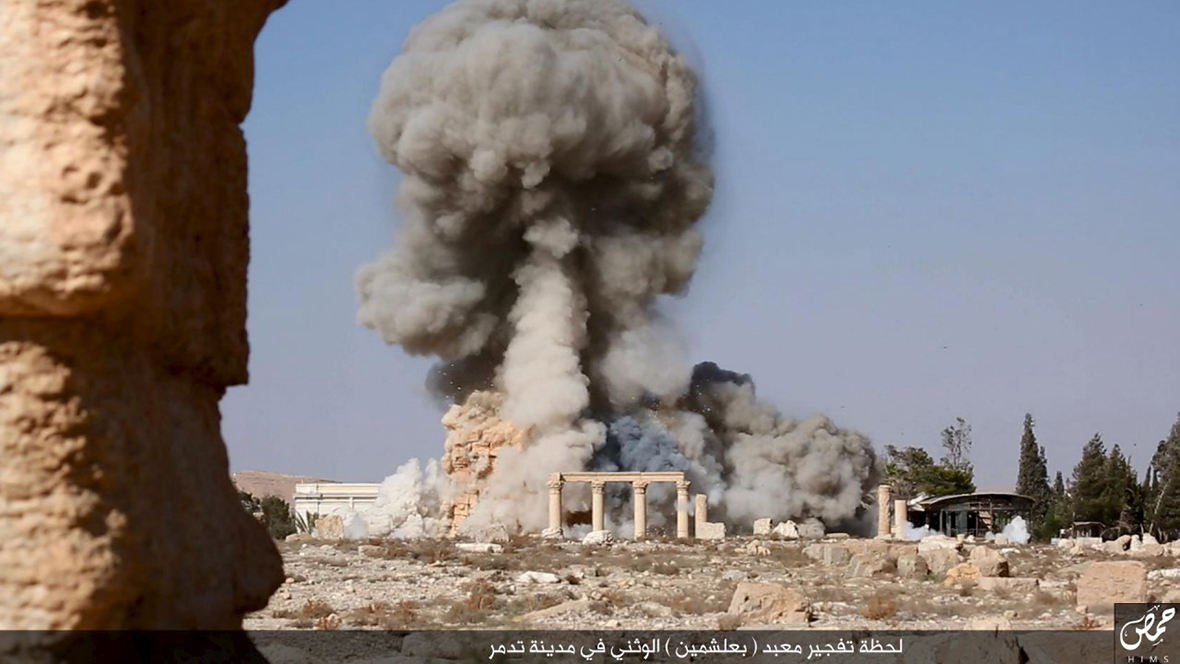


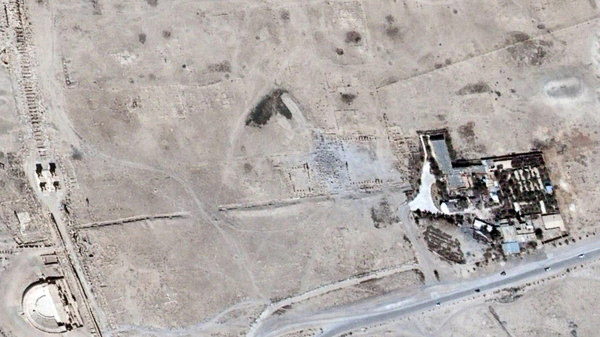
Buddhas of Bamiyan
The Buddhas of Bamiyan were two monumental statues of Buddha, carved into the side of a cliff in the Bamiyan valley in central Afghanistan. They were destroyed in March 2001 by the Taliban, after President Mullah Mohammed Omar declared that they were idols and should be removed.
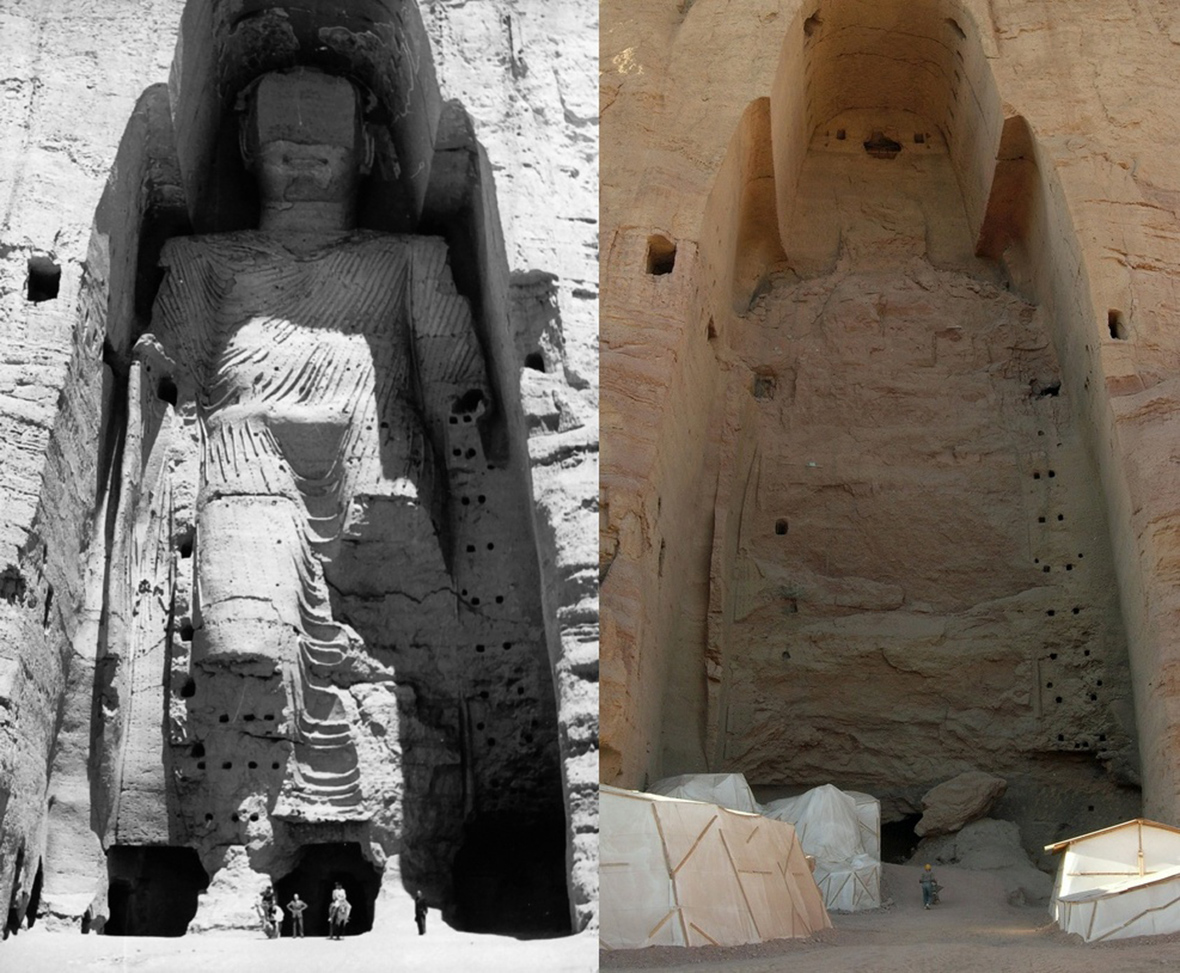


Hatra, Iraq:
The ancient Iraqi city of Hatra, built in the 2nd and 3rd centuries, was destroyed by Islamic State militants in March 2015. Later, video footage emerged of members of the militant group demolishing its ruins.

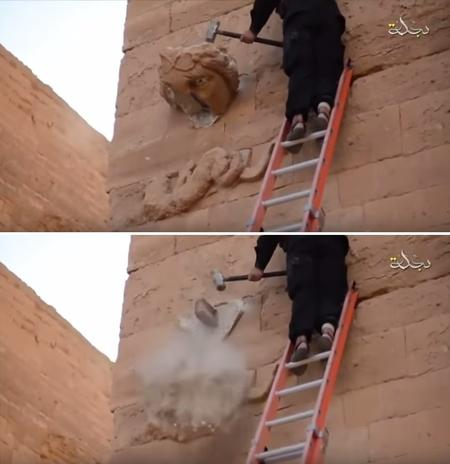

Krak des Chavaliers, Syria:
Krak des Chavaliers was considered to be one of the most well-preserved castles in the world. Inhabited by Kurdish troops in the 11th century, it was known as Hisn al-Akrad "Castle of the Kurds". The castle was shelled during the Syrian Civil War in 2012, and was further damaged by airstrikes in 2013.
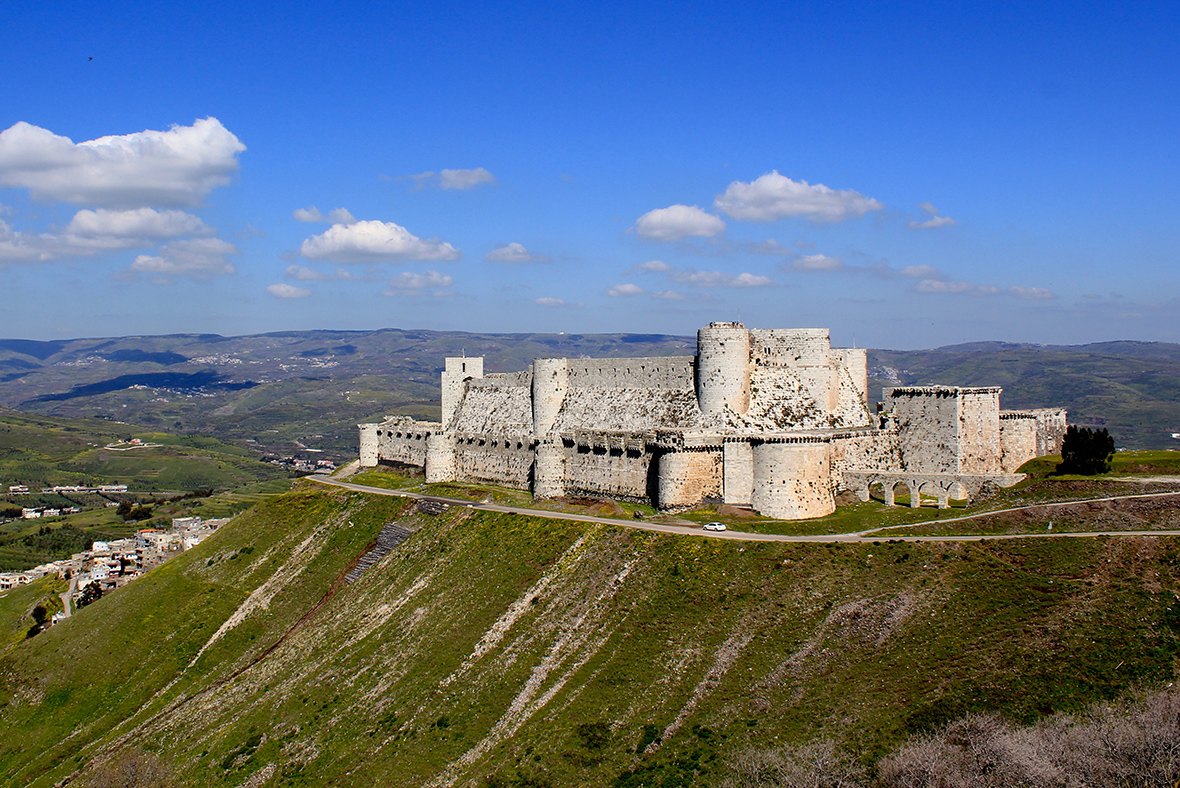



© Copyright IBTimes 2025. All rights reserved.






















